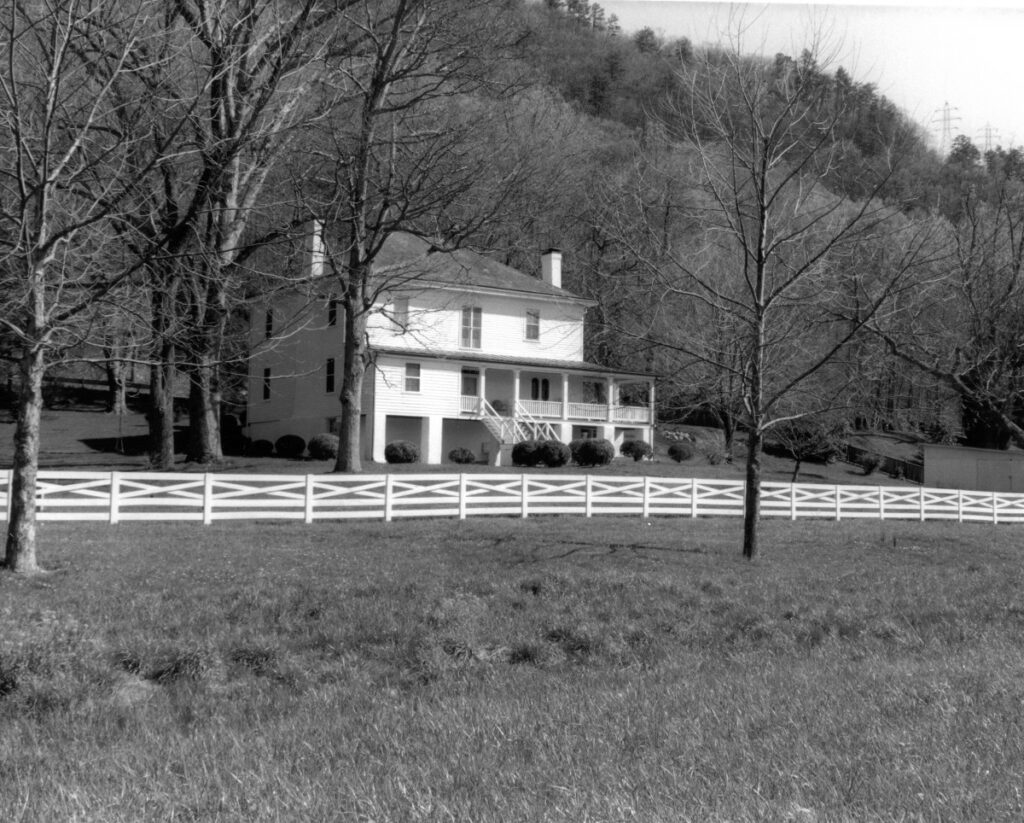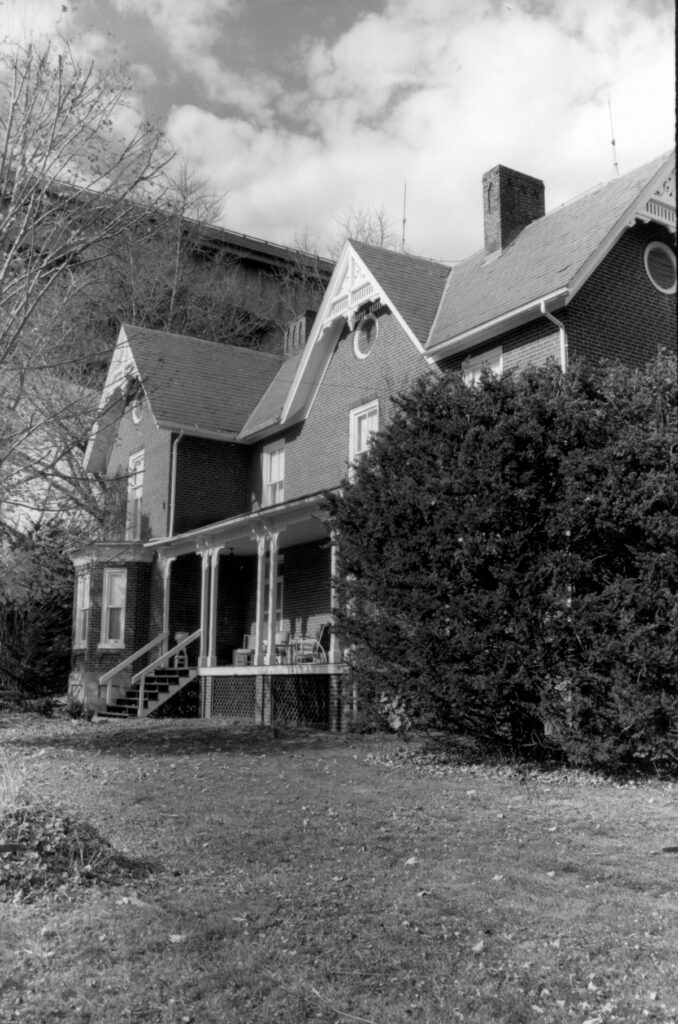Echols Farm

Echols Farm was nominated for listing in the registers for its historical transportation significance. Situated on the east bank of the Maury River, directly across from Glasgow in Rockbridge County, […]
Davis and Kimpton Brickyard
Within the limits of Fort Eustis is the site of the late 19th- and early 20th-century Davis and Kimpton Brickyard, an industrial complex where bricks were manufactured from local clay. […]
Thermo-Con House
Thermo-Con House was built in 1949 and is the only International Style building at Fort Belvoir in southern Fairfax County. It was designed by E. S. Henderson of the renowned […]
Fort Ethan Allen
Arlington County’s Fort Ethan Allen was built in September 1861 following the engineering directives of Major John G. Barnard of the U.S. Army Corps of Engineers. The bastion-style fort was […]
Albemarle & Chesapeake Canal Historic District
The linear Albemarle & Chesapeake Canal Historic District in the modern day city of Chesapeake is significant for transportation, engineering, and military history, with the period of significance being 1775–1953. […]
Sanders Farm

The Sanders Farm, located on U.S. Route 52 near Foster Falls in Wythe County, boasts a large collection of architectural resources dating from about 1880 through the mid-20th century. The […]
Staunton River Bridge Fortification Historic District
The Staunton River Bridge Fortification Historic District in Charlotte and Halifax counties is a rare example of a well-preserved Civil War–era star fort. Associated with the defense of the Staunton […]
Washington Aqueduct
Construction of the Washington Aqueduct water supply system for Washington, D.C. began in 1853 by the Army Corps of Engineers. Designed by Capt. Montgomery C. Meigs, the system consisted of […]
Carter Hydraulic Rams
Carter Hydraulic Rams were installed circa 1924 by industrialist George L. Carter to supply water for his summer residence and other buildings in Hillsville, the Carroll County seat of government. […]
Elva C. Deck Boat
Representing a typical Chesapeake Bay wooden deck boat with cross-plank construction, the Elva C. Deck Boat was built in 1922 by Gilbert White, one of the best-known deck boat builders […]

